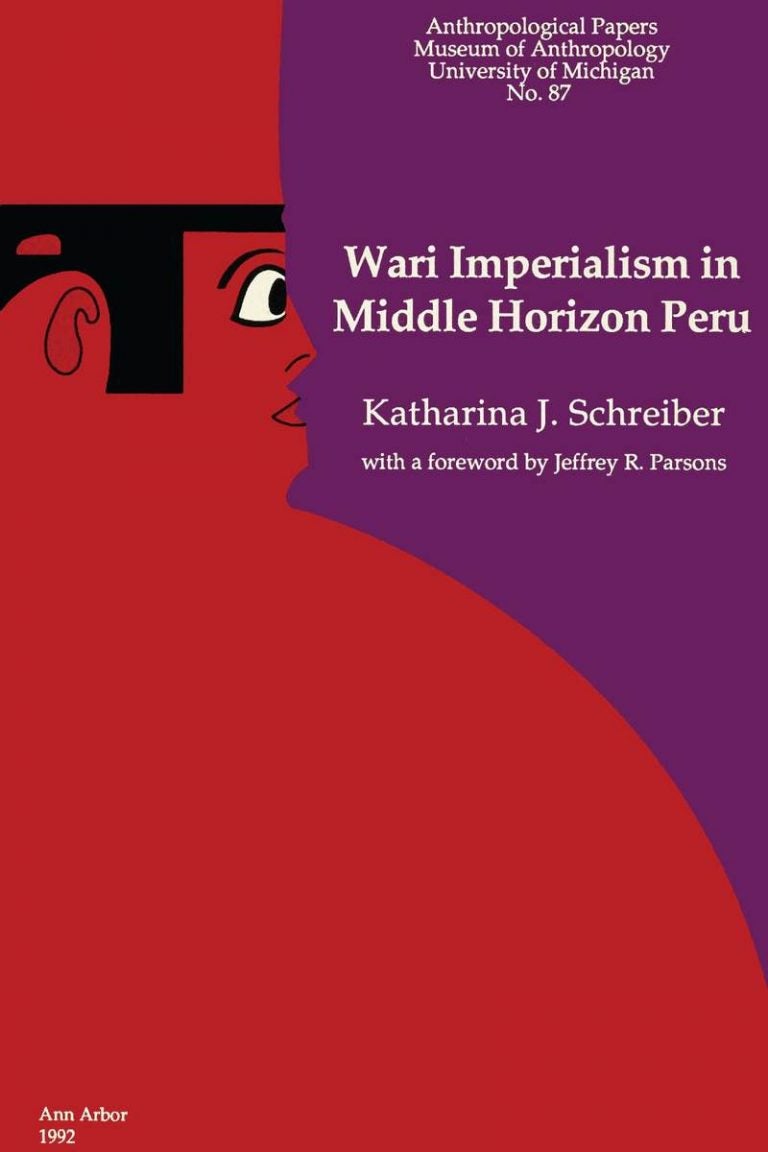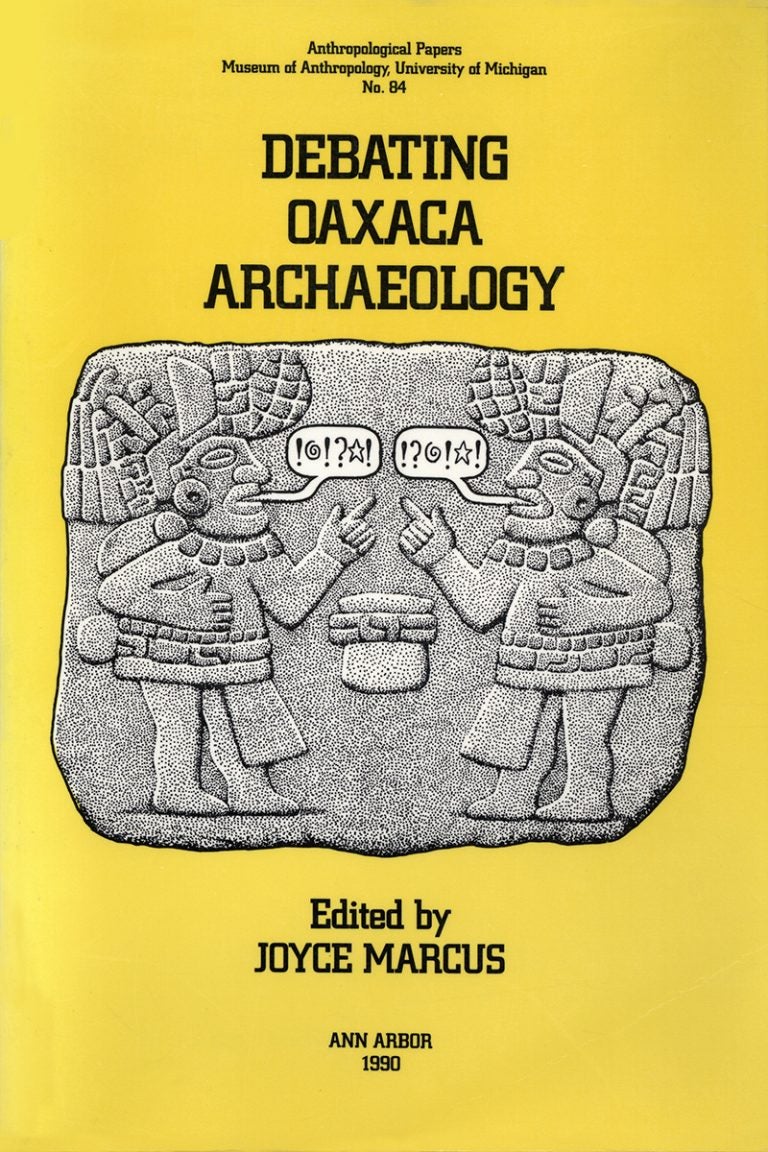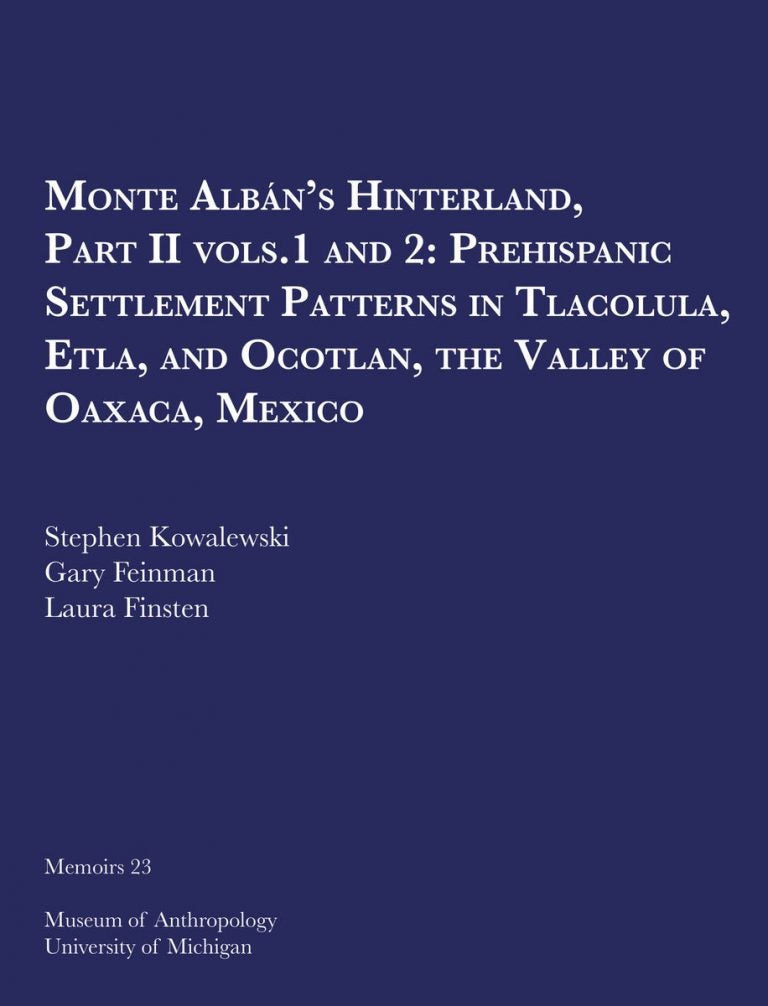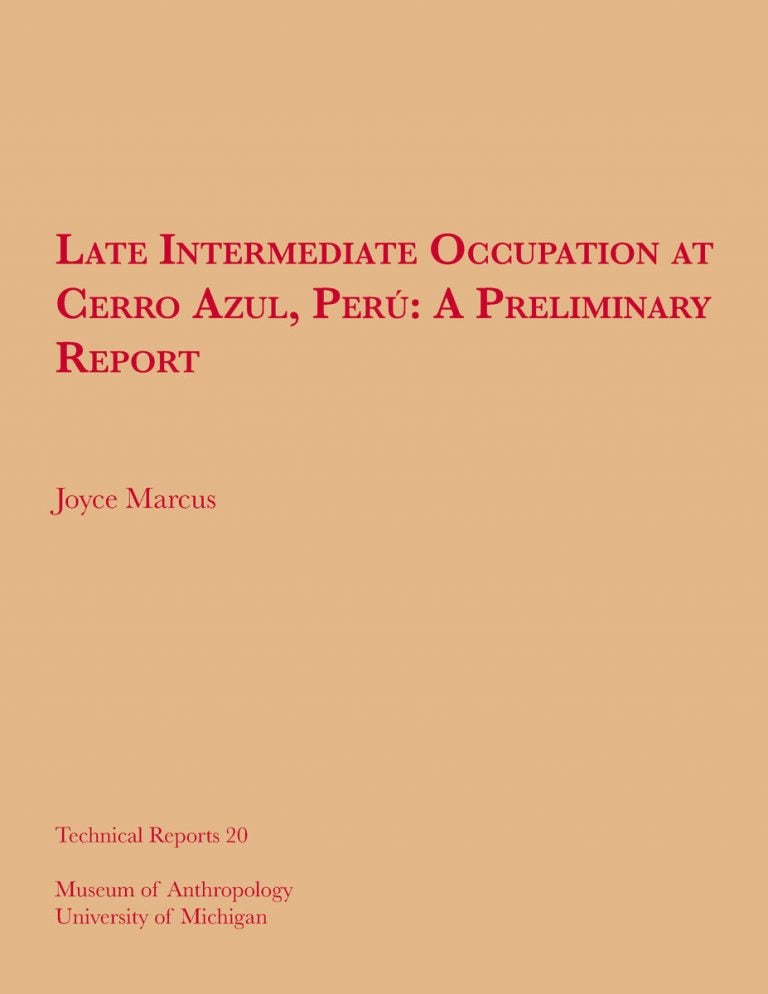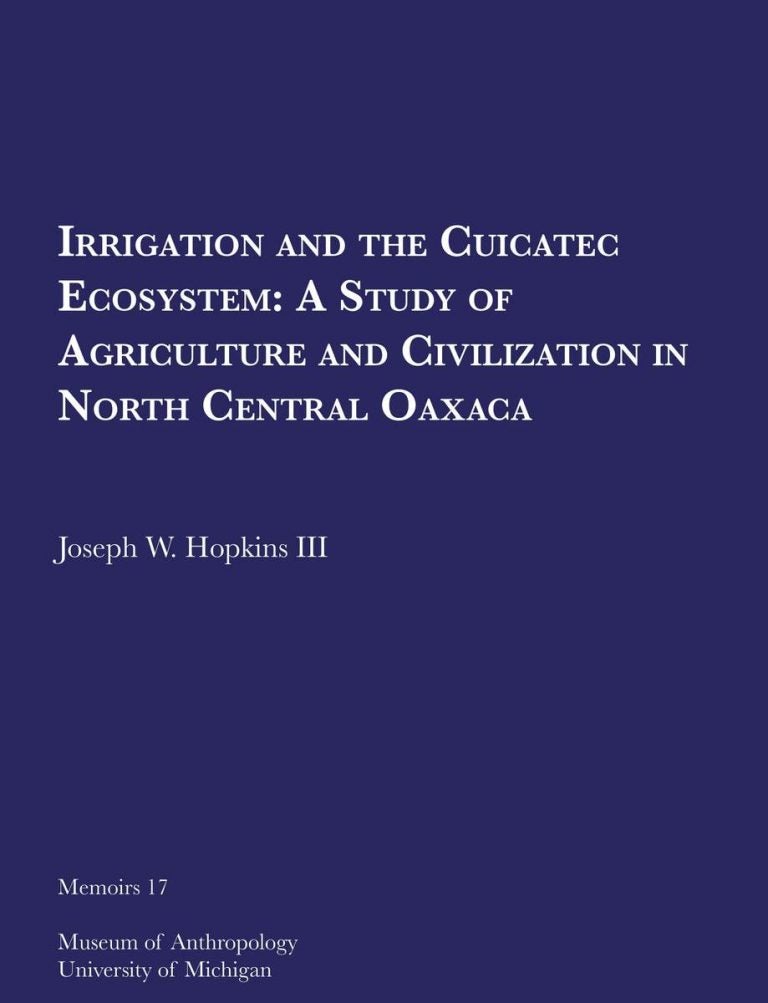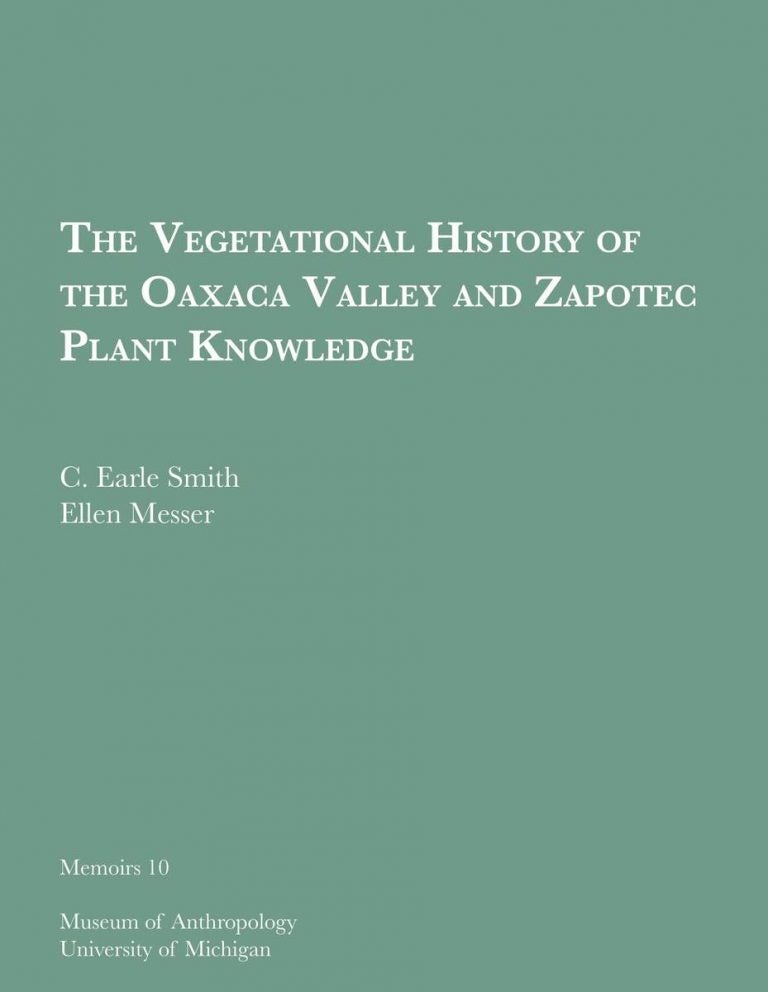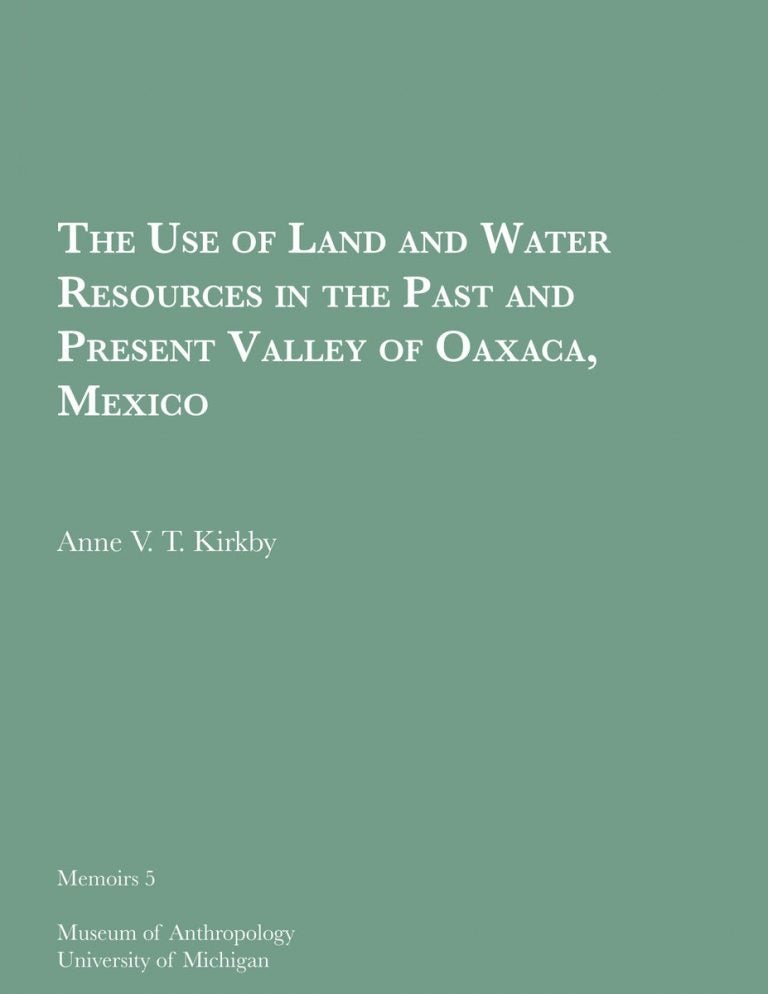Joyce Marcus and Judith Francis Zeitlin
AP 89
A volume of essays by Mesoamerican scholars on topics ranging from Zapotec archaeology to Cuicatec irrigation and Mixtec codices to Aztec ethnohistory. Authors use a direct historical approach, the comparative method, or develop models that contribute to ethnological and archaeological theory.


